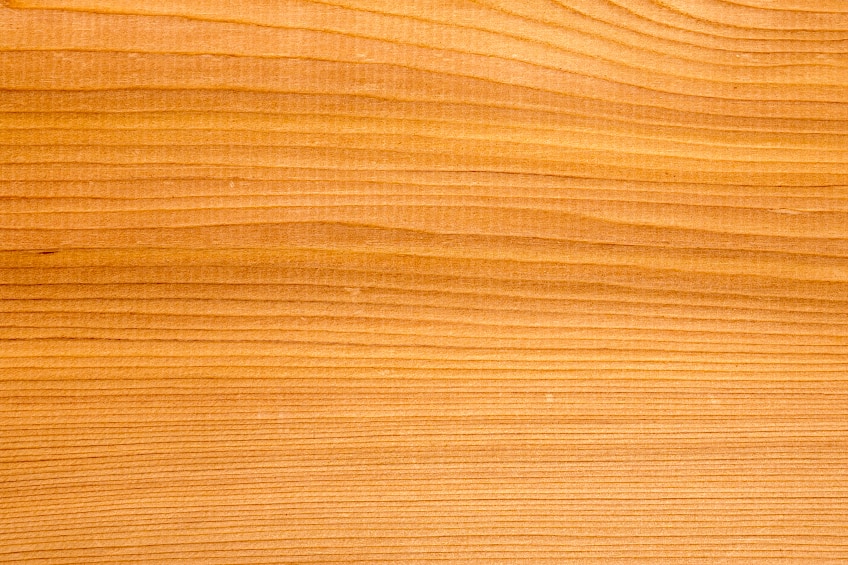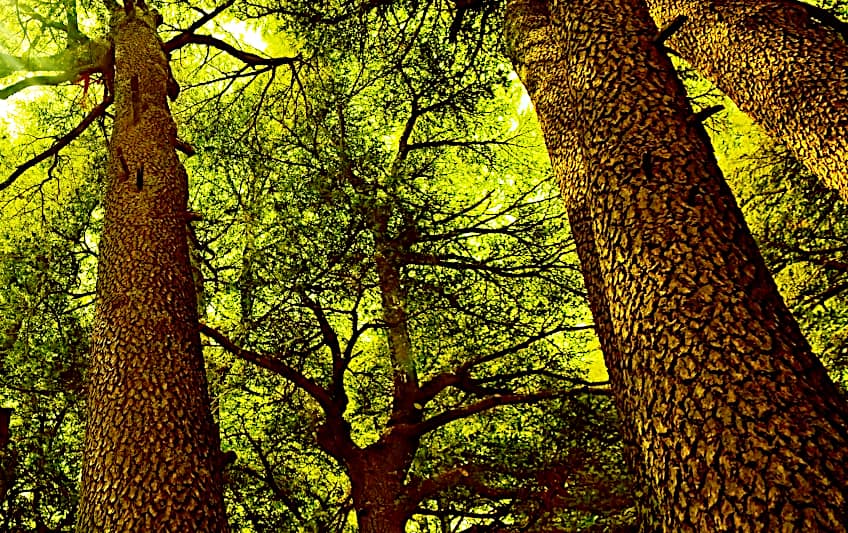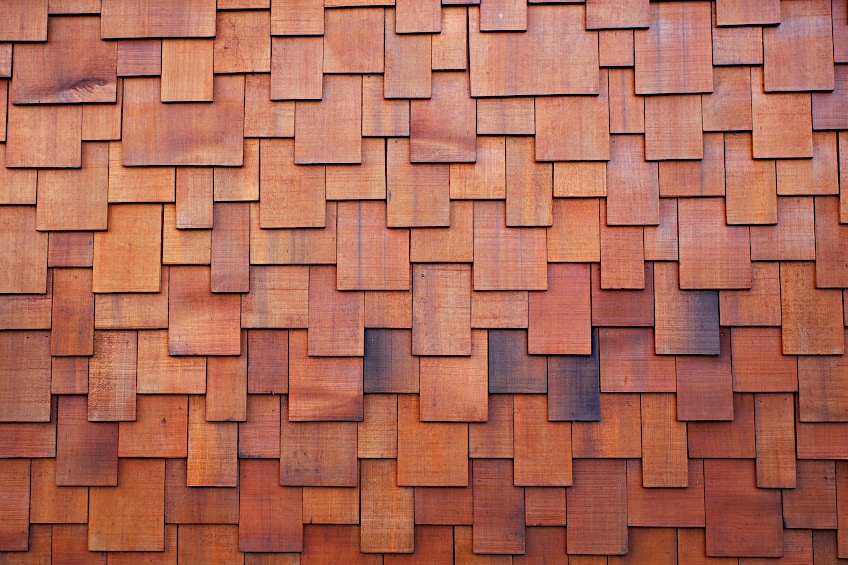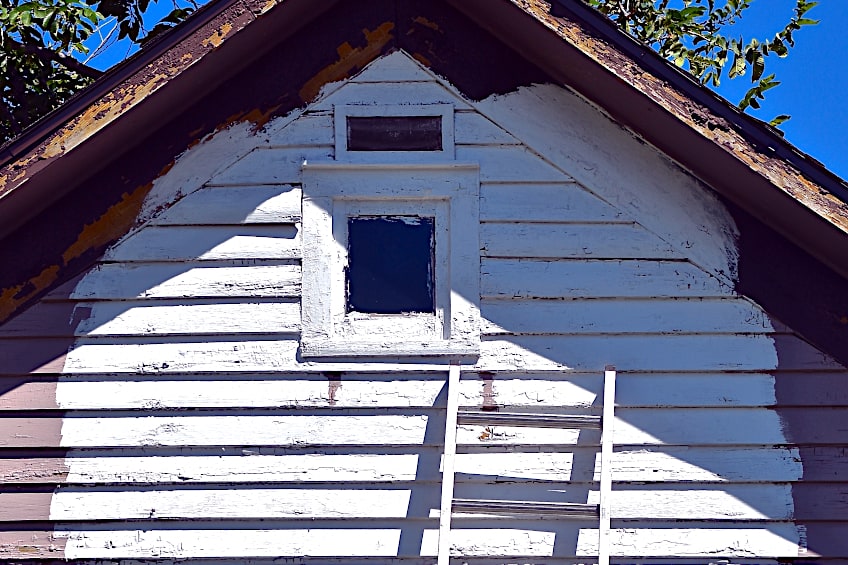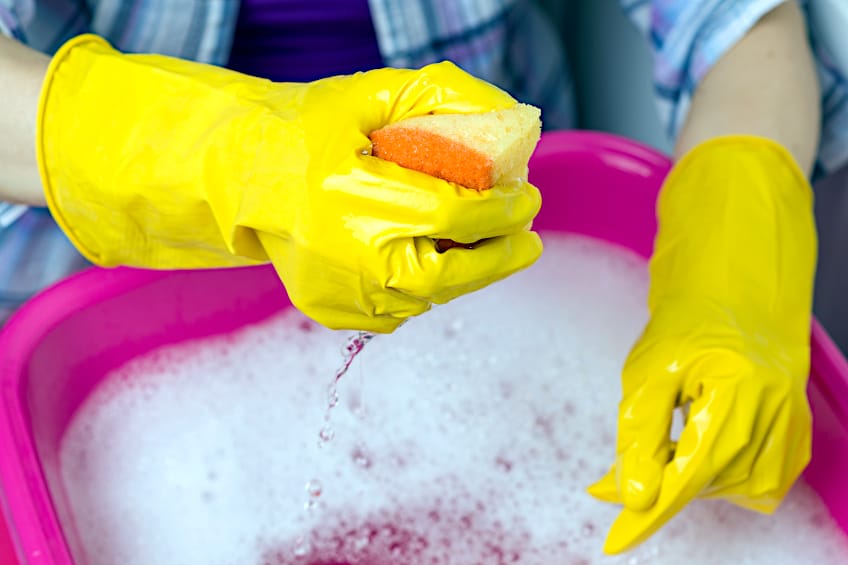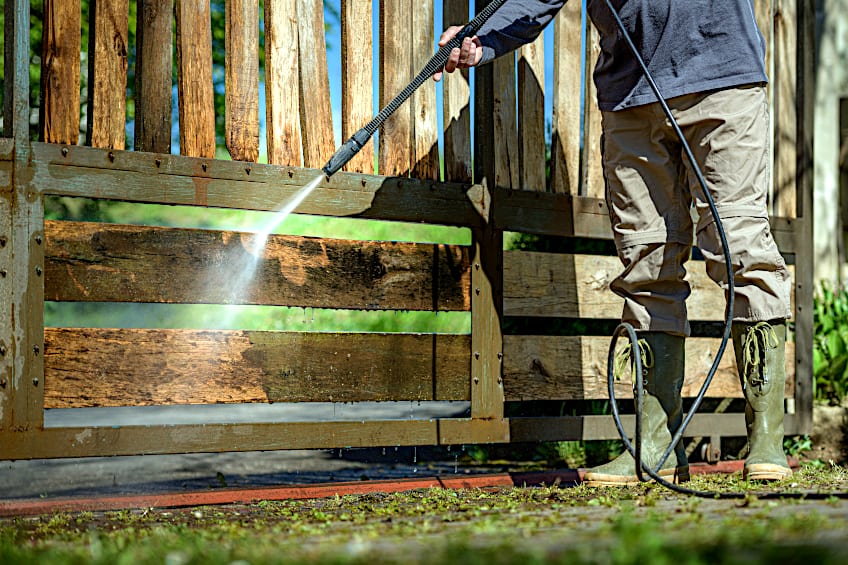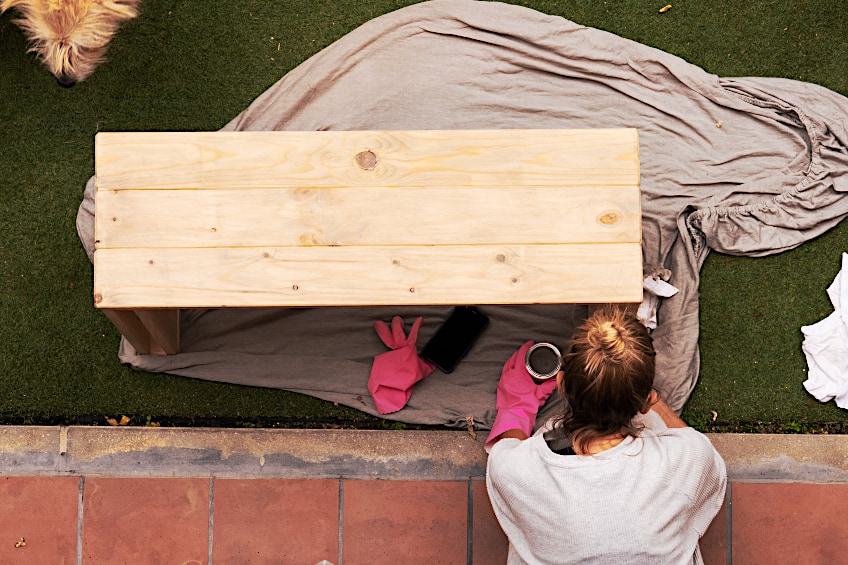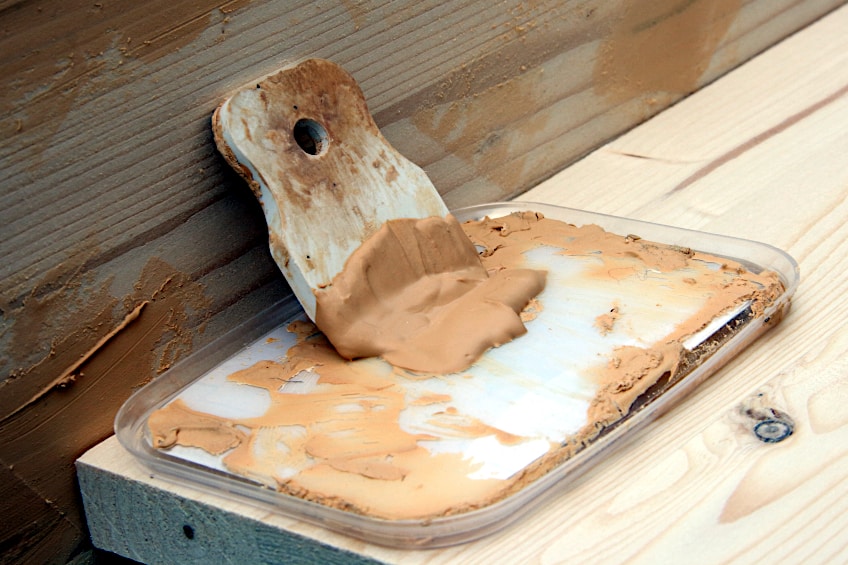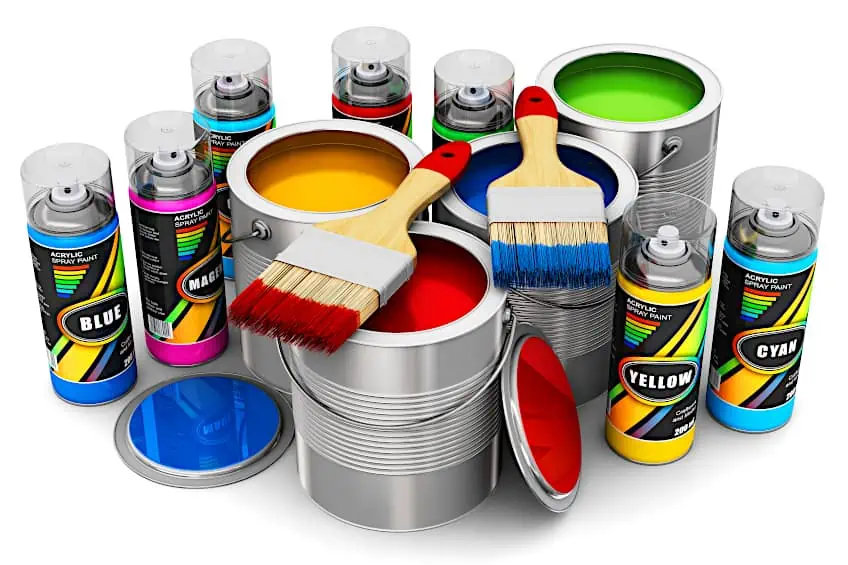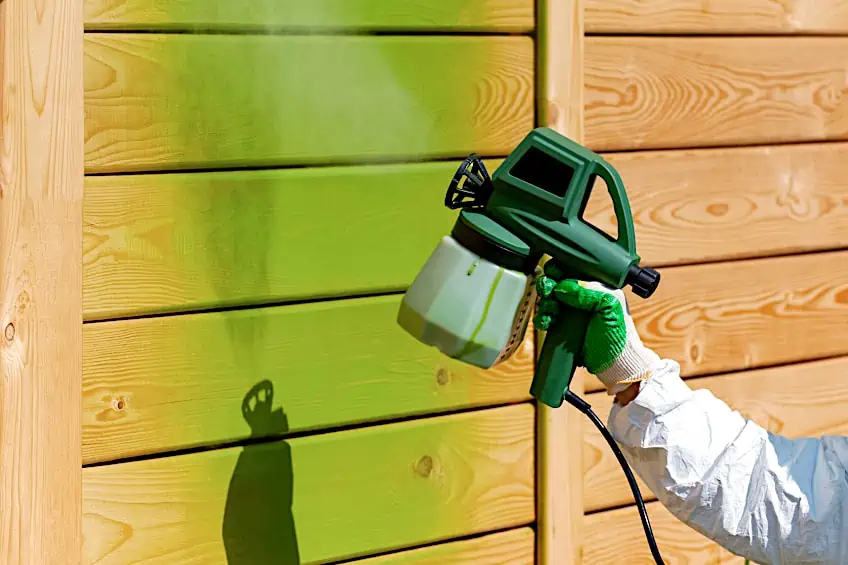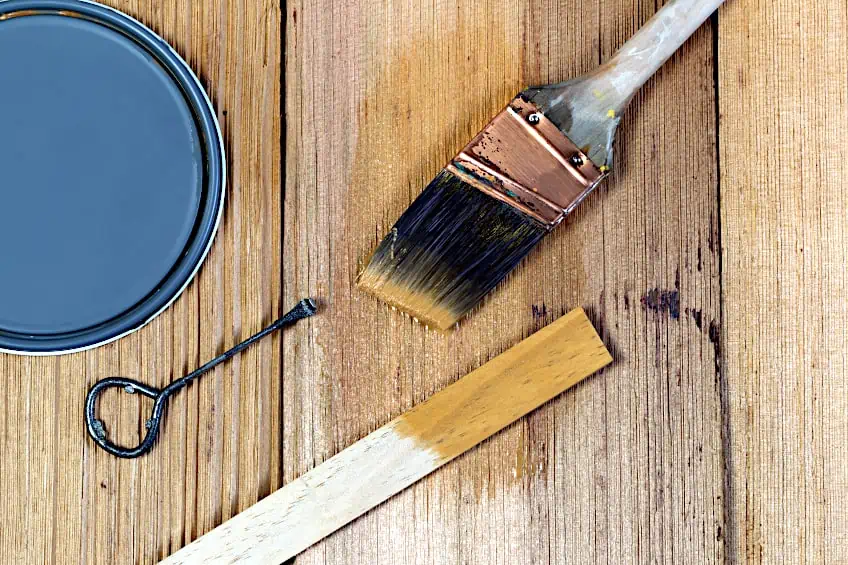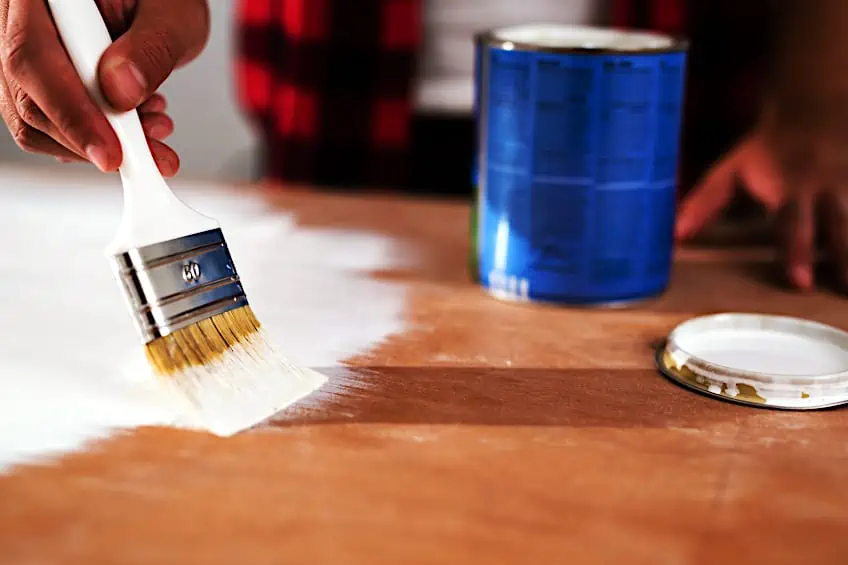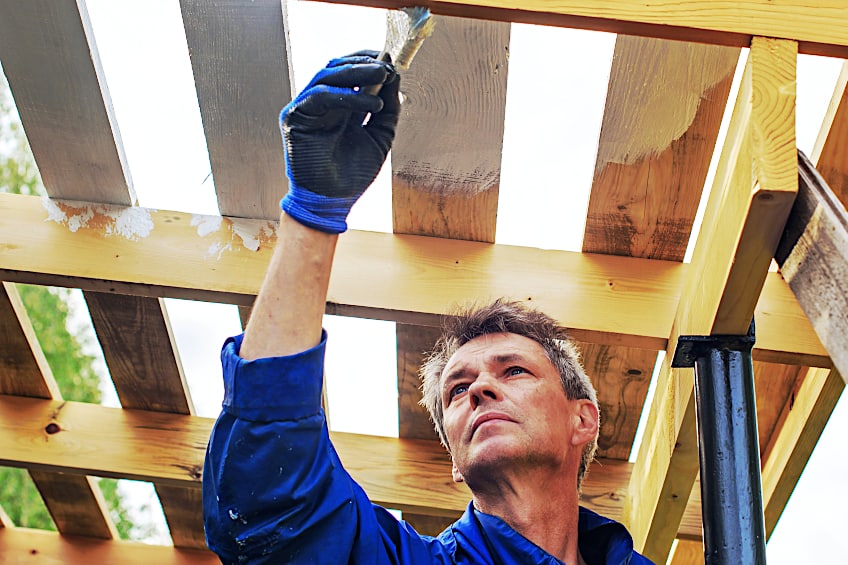Can You Paint Cedar? – Tips for Color-Coating Cedar Wood
This post may contain affiliate links. We may earn a small commission from purchases made through them, at no additional cost to you. You help to support resin-expert.com
Cedar is among the most sought-after softwoods due to its natural beauty and natural resistance to a variety of external elements. While its appearance is enough to enhance any indoor or outdoor area around your home, some homeowners still feel the need to give it a coat of paint. While you could opt for a factory finish that has a longer service life, some of us love the feeling of doing things ourselves. In this article, we will be looking at the process of painting cedar as well as some common misconceptions surrounding it.
Table of Contents
What Is Cedar?
While you may have heard of the name, do you understand what cedar is? This is a wood that is incredibly durable and versatile that can be found on the West and East coasts of the United States. There are also different types of cedar trees; however, the ones that are regularly used are Western and Eastern Red cedar.
Natural Properties of Cedar
Cedar has become incredibly popular for a variety of reasons, most notably its natural insect and weather resistance. It also has a pleasing aroma which is quite distinct while being incredibly beautiful to look at and perfect for sound and heat insulation. Cedar is also biodegradable, which means that you do not have to feel bad when you eventually start replacing it.
Furthermore, cedar trees grow relatively quickly, so the guilt of contributing to deforestation should not weigh heavily. We could go on and on about the beautiful aesthetic qualities and environmental benefits that this wood has. However, one of the greatest factors of using this wood is that it possesses a natural resistance to insects, decay, rot, swelling, and warping. This is what makes it a great investment as you will not need to replace it very often.
As you will see in the table below, Western Red Cedar is more prone to denting when exposed to areas with high foot traffic, which means that it is not ideal for flooring, but it is great for those that prefer to use a lot of hand tools. Eastern Red Cedar is better suited for flooring and exposed beams in various architectural designs.
When comparing the hardness of wood, the Janka value is used. This is based on how much force is needed to embed a small ball of steel into the surface of the wood sample. While this is a great way to determine the general durability of the wood, it should not be used as the sole indicator of strength.
| Characteristics | Western Red Cedar | Eastern Red Cedar |
| Hardness (Janka Value) | 320 | 900 |
| Growth Rate | Fast | Medium |
| Maintenance | Low | Low |
| Uses | Boat-building, decking, outdoor structures, crates, and musical instruments. | Birdhouses, bookcases, closet linings, canoe and boat trim, and cabinets. |
How Cedar Is Used
Cedar is typically used for construction due to its strength and durability. This makes it a great wood for various applications such as siding, decks, and shingles. Cedar is an incredibly versatile wood that can best be described as an all-rounder. While you will need to keep track of the color as it is prone to fade over time, it is among the best softwoods to use.
Working With Cedar
Cedar is great to work with if you are looking for a durable yet lightweight wood. However, the type of cedar you use will also play an important role in what you are able to produce. Since cedar is a very durable softwood, it will not warp or crack. But as we have confirmed above, the species of cedar that you are working with plays an important role in its use.
Cedar is also very easy to work with but has a reputation for being tricky to paint. This simply is not true if proper preparation and technique are used. So, can you paint cedar? Yes, but be mindful of the lack of adhesion, as it will completely reject any paint unless it has been prepared accordingly.
Cedar boards require a base coat of primer before being painted. Another important factor to consider is the location of the boards, as you will need to purchase paint based on where the wood will be placed. Be mindful of the timeframe that you have as you will have to wait two weeks before installing the wood, but you should not wait more than 12 weeks.
Caring for Cedar
The key to keeping cedar in the best possible condition is to keep it away from moist areas. Cedar is not resistant to mildew and mold and constant exposure to moisture will lead to this growth. When it comes to cleaning, cedar is easy to maintain as all you will need is some warm soapy water and a cleaning brush. A light gentle scrub will do the trick and once dried, you can reapply a finish.
How to Prepare Cedar Siding for Painting
One of the most common uses of cedar is producing cedar siding, which is a layer of material, in this case, cedar, found on the exposed region of a building or house. Because this is exposed to the elements, most people opt to stain or paint it. With the latter, you will need to take your time with preparing the wood as it can become very difficult to paint due to its lack of adhesive properties.
Knowing how to prepare cedar siding for painting is an easy concept to understand; however, it requires patience. Below you will find all of the steps, along with the materials, that are needed when it comes to painting cedar siding.
Materials Needed
If you are planning on doing the best possible job when painting cedar siding or any type of cedar structure, you will need the following. Each of these items has a purpose that will make your project much easier and result in a better finish.
- 3-inch angled paintbrush
- Wire brush
- Exterior house paint (this can be oil or latex)
- Detergent or liquid soap
- Exterior silicone caulk
- Plastic scrub brush equipped with a long handle
- Paint sprayer (this is optional)
- Garden hose
- 6-inch paintbrush
- Hammer
- Primer-sealer
- Flat pry bar
- Galvanized common nails
Preparing the Wood for Painting
We know that you are eager to learn how to paint cedar siding, but the most important part of the process is to prepare the wood for paint. Take a close look at the steps that we have provided below and this will teach you everything that you need to know about painting cedar.
Step 1
Examine the cedar siding for any damage. If you find mildew or any type of mold, it will need to be removed. You will also need to repair any cracks in the wood and remove peeling paint. Bear in mind that you cannot apply a fresh coat of paint to peeling siding. This is an incredibly labor-intensive task, so be prepared for it.
Step 2
With the existing paint still intact, you can use a high-pressure power washer to get old and loose paint off the siding, then use a siding cleaner with the power washer to wash off the mold and mildew.
Step 3
Any paint that cannot be removed with the power washer must be scraped off and then you will need to sand it. This can be a lengthy process, but it is worth the effort as you will be guaranteed a good finish.
Painting Cedar Wood
Getting started with your cedar painting project is very easy as long as you do everything that we mention in the steps that are provided below. Each step is equally as important as the next, so as long as you consider this, you will be fine.
Step 1
Dust the interior of the boards using a broom then proceed to clean the exterior of the cedar boards with a pressure washer. If you do not own a pressure washer it can be done with a garden hose on a high-pressure setting.
Step 2
The region below the cedar board should be covered. This can be done with drop cloths, tarps, or even multiple layers of newspaper. Protect the surfaces that are running adjacent to the cedar boards with masking/painter’s tape.
Step 3
Apply a layer of latex primer to the surface of the interior cedar with a roller. For areas that cannot be accessed with a roller, it is best to use a 3-inch latex paintbrush. Wait two hours for the primer to dry before moving on to the next step.
Step 4
Apply a layer of latex paint to the primed interior then apply more paint to the cedar boards as you did when applying the first coat of primer. Wait another two hours for the boards to completely dry and add a second coat of paint if the primer can be seen.
It is best to wait a minimum of six weeks before attempting to paint freshly cut cedar as the wood will have a lot of moisture. This will cause plenty of issues with adhesion and you could end up wasting a lot of paint. Furthermore, if there are any holes or cracks in the cedarwood, it is best to fill them with exterior wood filler such as MINWAX Wood Filler.
Applying the Right Paint
We could ask questions about can you paint cedar all day long but it means nothing if we do not talk about the type of paint that needs to be used. It is very important always to use paint that is designed for a particular application. For instance, it is never a good idea to use interior paint for your roof or floor paint for your walls, it will not result in a good finish.
When it comes to the best finish, most exterior-grade acrylic latex paints will provide an excellent finish especially when it concerns the protection of cedar. Finishes, on the other hand, are generally driven by style preference and for most people, the cedar that has been painted is a style on its own and not a means of protecting the wood.
So, can you paint cedar? Yes, as long as you conduct the appropriate preparation for the project. By applying an alkyd-oil stain-blocking primer alongside a coated 100% acrylic-latex paint, you should end up with a great finish.
Painting Technique
An important part of learning how to paint cedar siding is the painting technique and tools that are used. You might be tempted to try and slap on a coat of paint with the largest roller you can get your hands on, but when working with cedar, it is best to hand-brush or spray the paint onto the surface.
This is because cedar is a porous wood and it requires the paint to soak into the wood. The hand-brushing technique is the best way to accomplish this. You could get away with spray painting the surface; however, you will need to back-brush the finish once completed.
| Painting Technique | Pros | Cons |
| Roller | Easy to reach high areas and great for flat surfaces. | Is very difficult to use on curved and small surfaces. |
| Spraying | Detail work is much easier and it is much faster than using brushes and rollers. | The preparation time is much higher compared to other types of painting. |
| Brushing | Often results in a high-quality finish. | It can be very time-consuming. |
Alternative Finishing Methods for Cedar
While the “can you paint cedar?” question has been answered, there are other ways of ensuring that you end up with an excellent finish. If you would like to preserve the natural beauty of cedar, the following methods can be used for a more natural-looking finish.
Solid Color Stain
This might seem like another way of covering the wood grain, but it does not. While it will change the color of the wood, it is a stain that will soak into the surface and you will still be able to see the wood grain. A major benefit of using solid color stains is that they block the majority of UV rays while also acting as an excellent water repellent.
Semi-Transparent Stain
This is a hybrid between a stain and paint and much like paint, it has solid pigments that will change the color of the wood. However, much like a stain, it sinks into the pores of the wood and seals. This is best used on new cedar, but you can get away with using it on slightly used boards too.
Bleaching Oils
If you are after the aged cedar look then bleaching oil will help you get there. The downside of naturally aged cedar is that it is prone to damage. Fortunately, bleaching oils will naturally bleach the wood much quicker to get to the timeless gray aesthetic without compromising the structural integrity.
Can Cedar Be Painted White?
Usually, when it comes to painting anything white, there is often no second thought that comes with it. It is a common color and can be seen pretty much everywhere. However, with cedar, this is a different story as the porous softwood contains a high amount of tannin that can easily bleed through the paint which results in yellow or brown patches.
However, there is a simple way to get around this, all it takes is some extra preparation. By applying an oil-based acrylic exterior primer before painting, you will prevent any bleeding and this will result in a solid coat of white paint that retains the natural beauty of the cedar.
Well, can cedar be painted white? It certainly can. This tip can also be applied when using any other light or pastel colors. If you are planning to stain cedar white, then there is no need to use a primer as the stain stops any bleeding through.
Common Problems When Painting Cedar
Cedar is incredibly beautiful and versatile; however, novice painters often run into issues when working with this softwood. Below are some of the most common issues and how you can tackle them to ensure that you end up with an excellent finish.
Cedar Tannin Bleed Through
Cedar has high levels of tannin and this often results in bleed-through when trying to paint it, particularly with light colors. This can be avoided entirely by deploying an oil-based acrylic exterior primer before you begin painting. Cedar bleed-through is an inevitable event; however, taking the proper approach to paint can prevent this from ruining your work.
Inferior Wood Quality
If you are working on an existing cedar structure with old siding then you will have a big task ahead of you. In most cases, the cedar that was used was not allowed to cure properly, it was not pre-primed, low-quality nails were used, and no water infiltration or proper flashing was used which results in moisture build-up behind the siding. This means that you will need to either fix or replace the existing cedar siding.
Timing
Cedar is incredibly time-sensitive and you will need to wait two weeks after the cedar has been installed before starting the painting process. However, if you wait more than 12 weeks, you will experience issues with adhesion and the wood loses its ability to hold onto paint or primer.
Two or More Coats Are Needed
The only method of guaranteeing a high-quality cedar paint job is to apply a coat of primer, then a coat of paint. This will result in a great finish that will last a long time in contrast to trying to paint it with a single coat of paint.
Painting cedar can be an enjoyable process, but you need to be ready for the hard work of preparing the wood. While using cedar wood has a lot of benefits, it also has a reputation for not being very user-friendly, which we disagree with. Cedar is easy to work with if you have the patience for it and are good at following instructions. If you stray from the path and try doing your own thing, then you are likely in for a long day. Ultimately, we wish you good luck on your project and that you get the finish you would like!
Frequently Asked Questions
What Paint Can You Use on Cedar?
To achieve the best possible result, it is best to use exterior-grade acrylic-latex paint. This will provide a long-lasting finish that is also easy to maintain.
Is It Possible to Stain Cedar White?
Yes, there are various stains that can be used to whitewash the wood to whiten it. The stain will also hold for a very long time while also protecting the wood.
Is It Important to Prime Cedar Before Painting?
Yes, natural woods such as cedar must be primed before adding a coat of paint to them. Not only will the primer help with adhesion, but it will also prevent the natural tannins of the wood from bleeding through.


